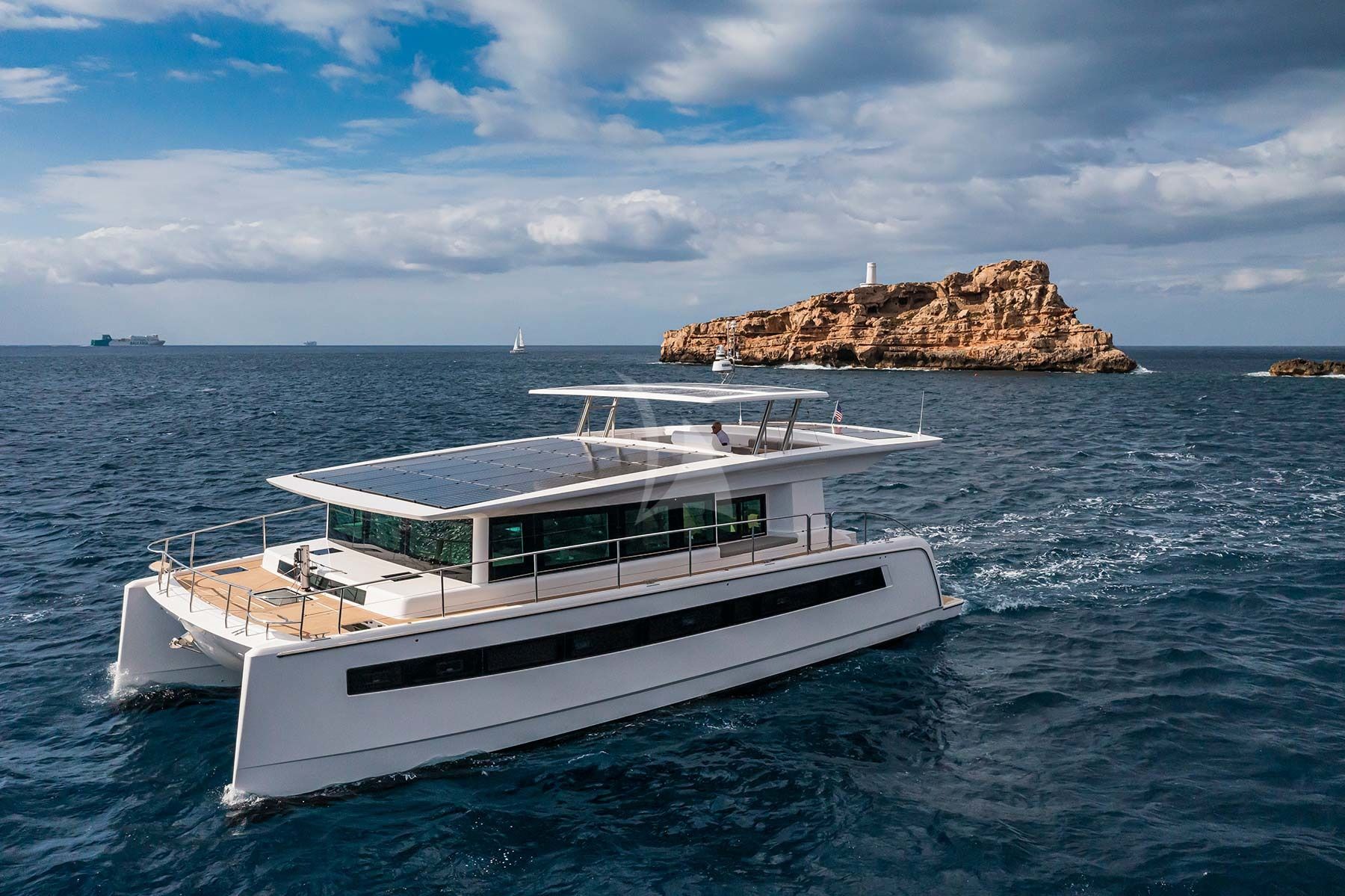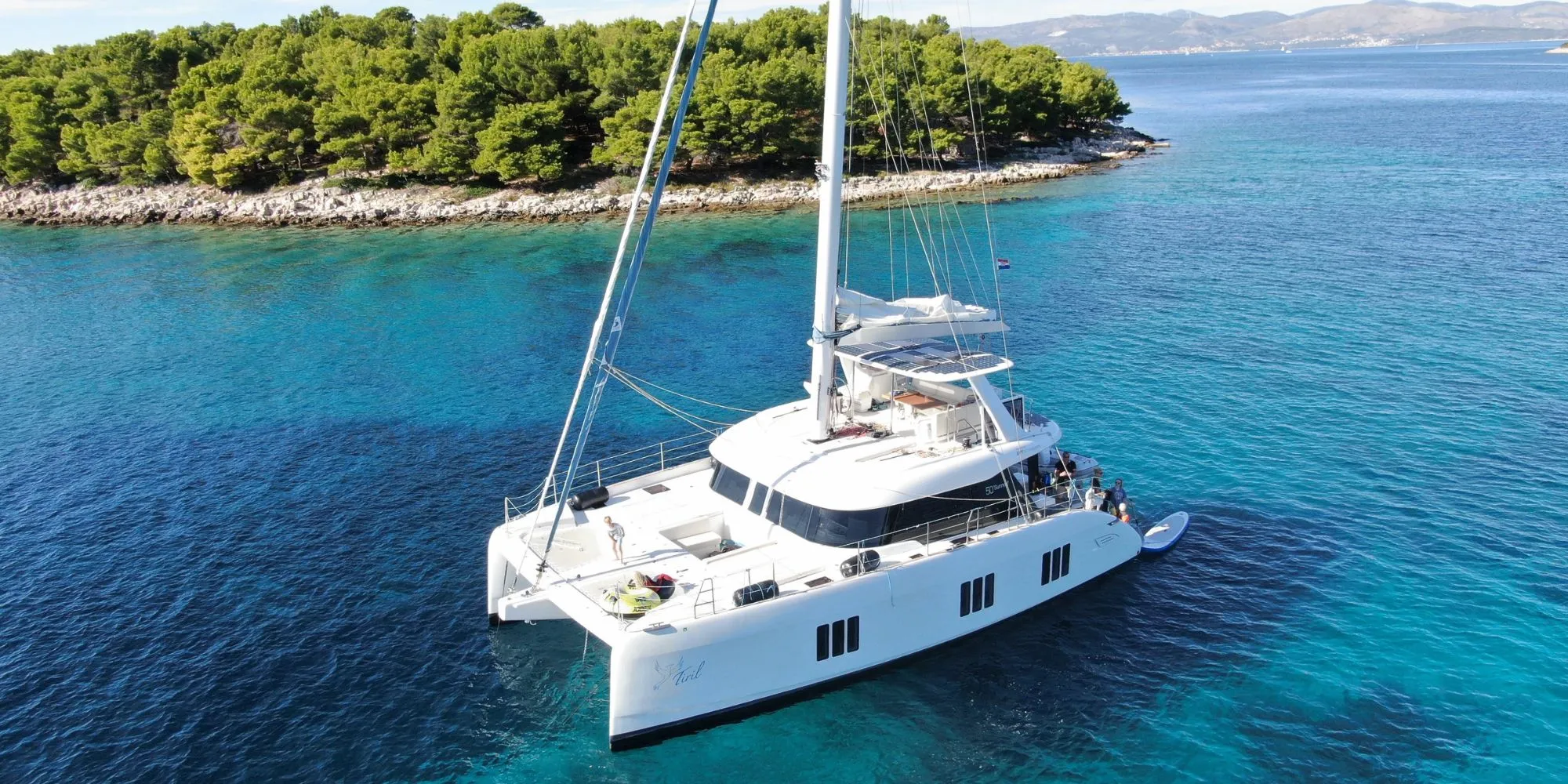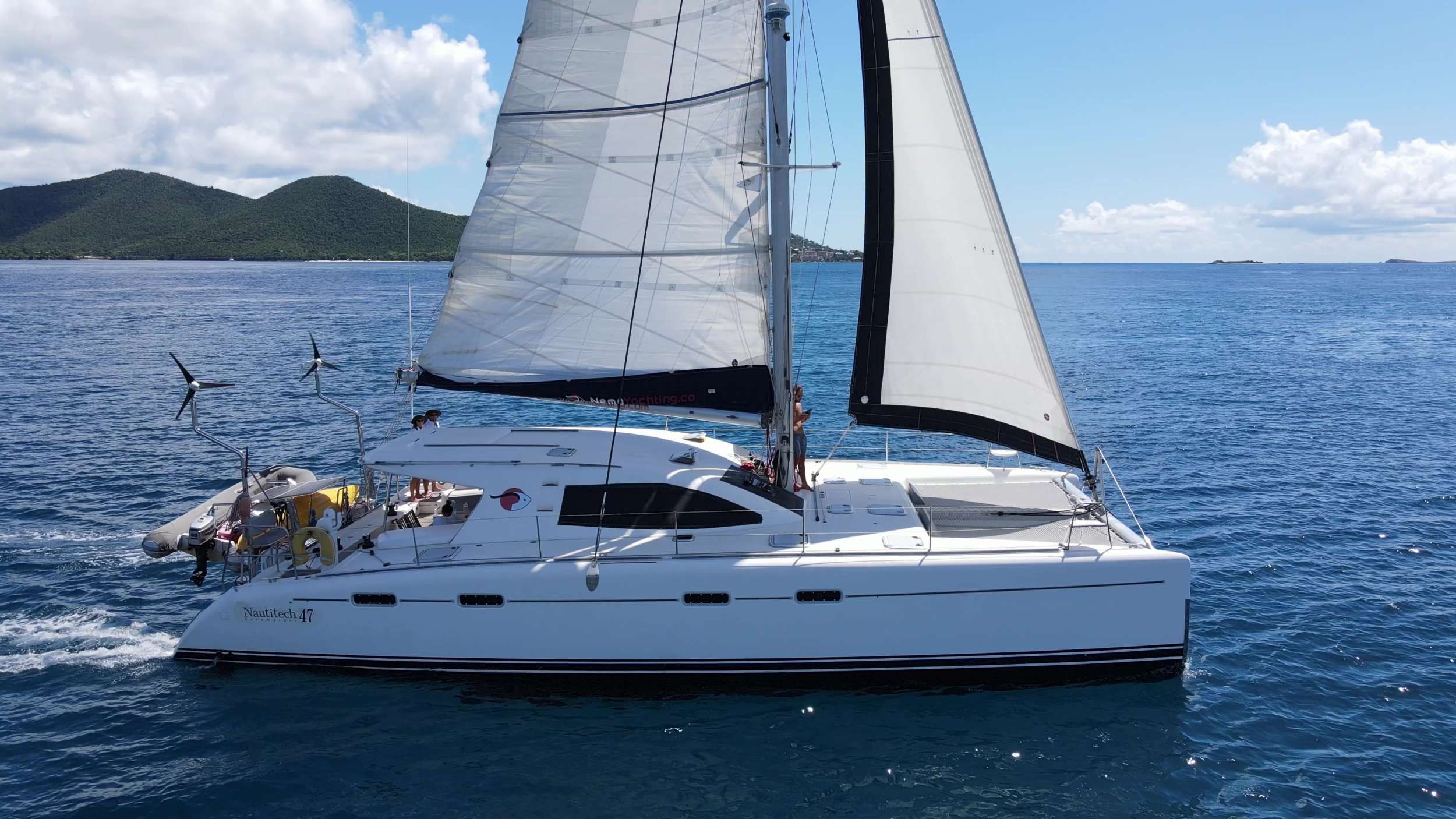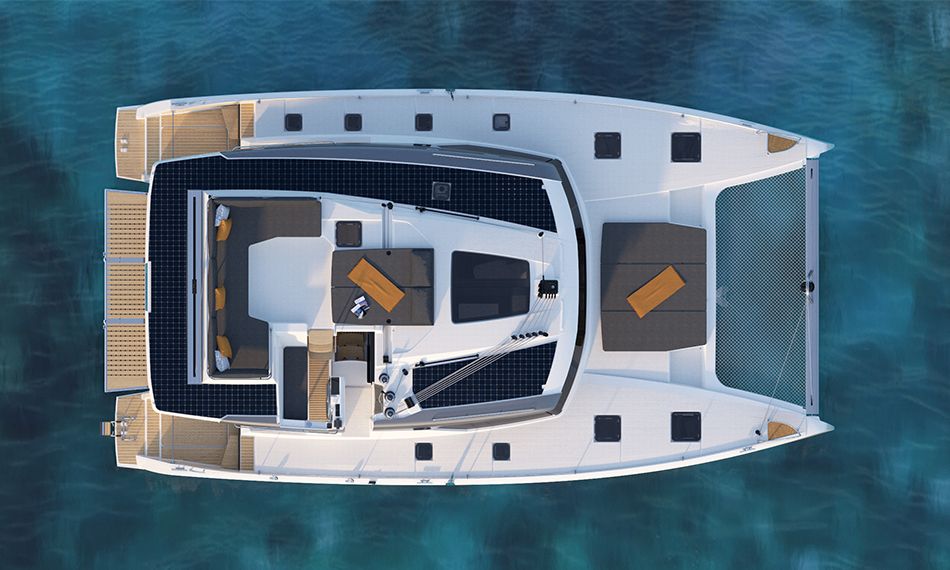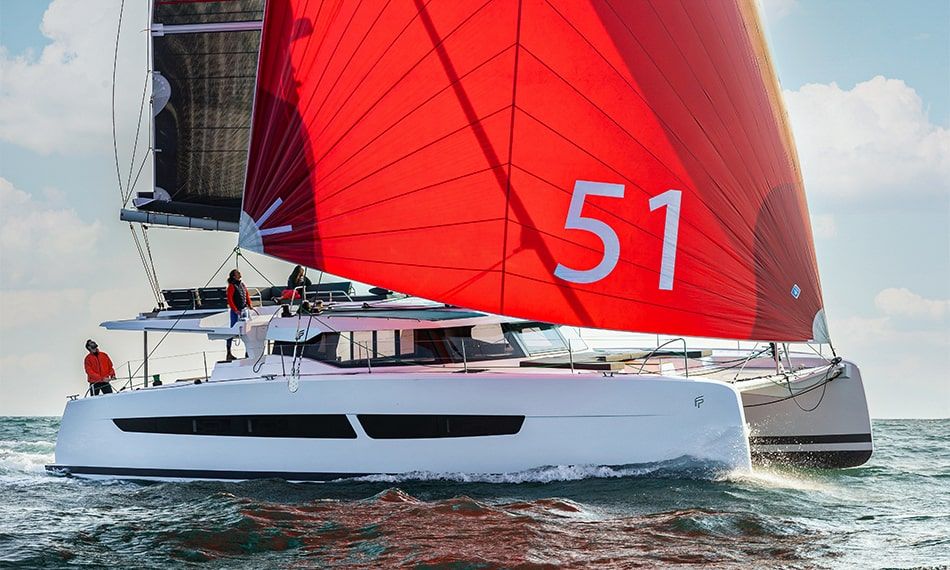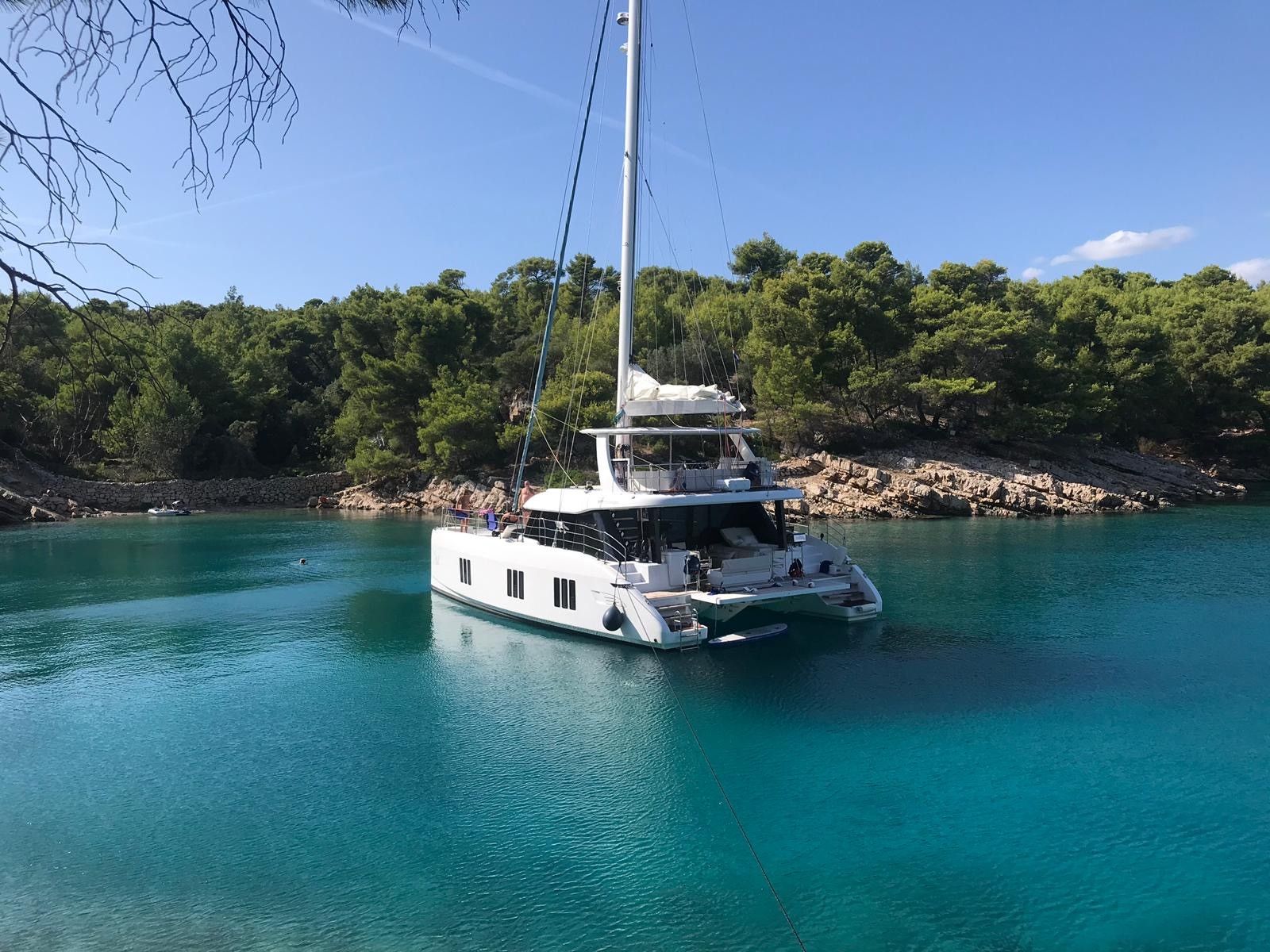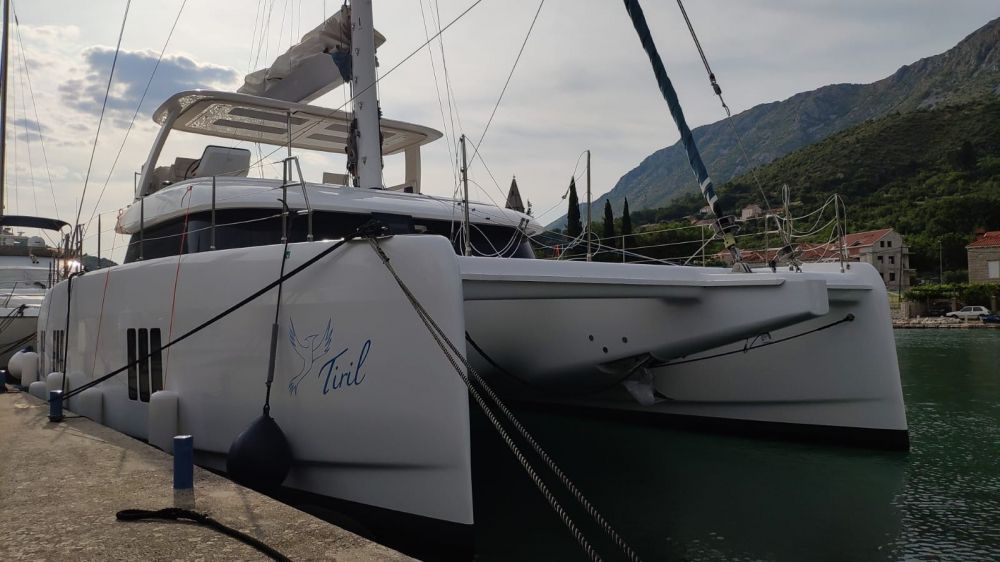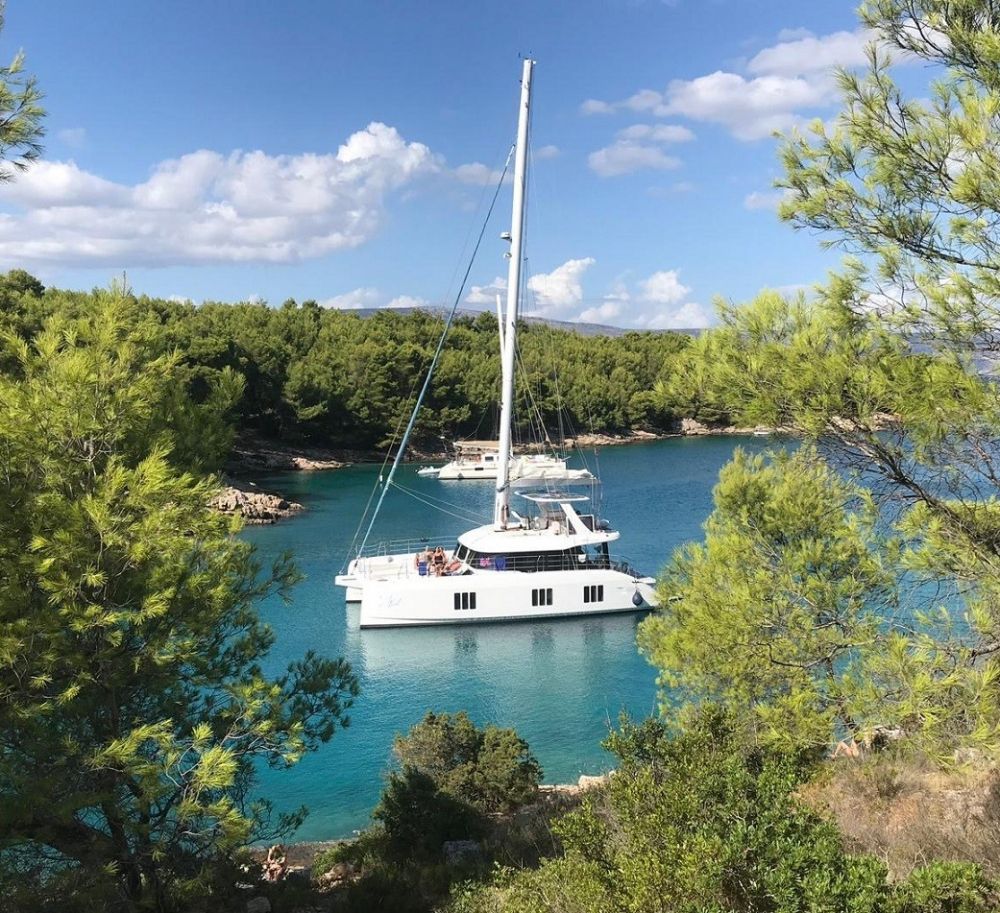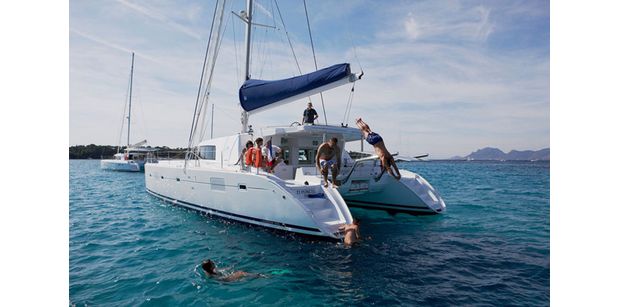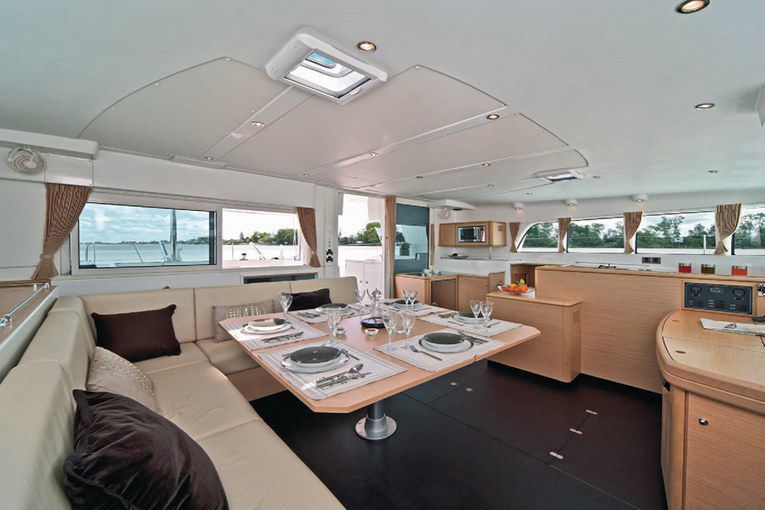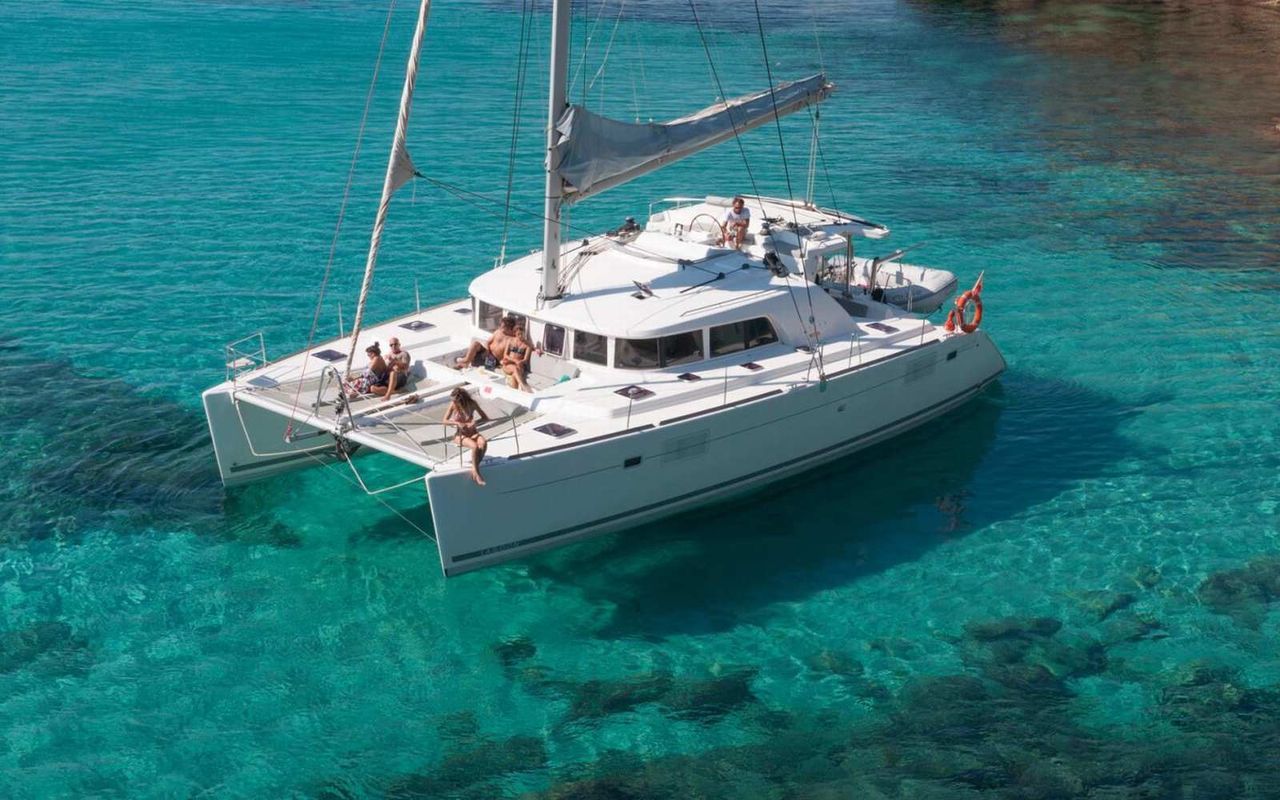As the International Day of Love approaches tomorrow, we turn to our love for the oceans and sailing. At Boatbookings, we share some of the many reasons why our team loves sailing catamarans.
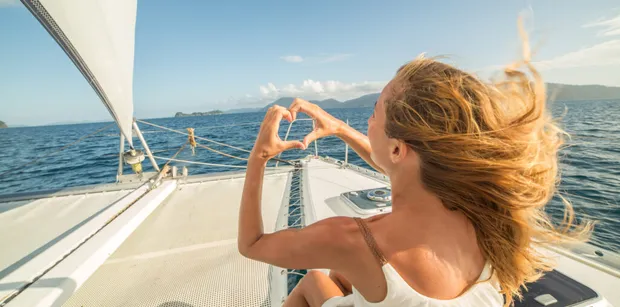
1. Escape
Getting onboard a crewed charter sailing catamaran or bareboat charter sailing catamaran will allow an escape from the everyday. Cruising the world’s oceans can rejuvenate your mind, body, and soul. Sailing creates that boundless freedom with an endless horizon, where your to-do list quickly fades away.
2. Adventure
Chartering a catamaran allows you to go anywhere in the world, creating unique opportunities and freedom to explore new destinations. These destinations offer memorable and unique experiences. So much of the world can be explored by catamaran, from the Cyclades Islands of Greece and island hopping in The Exumas in The Bahamas to the secluded islands of the Inner Islands of the Seychelles. At Boatbookings, our crewed catamarans or bareboat catamarans can take you to the most idyllic and remote destinations that are typically inaccessible by other means than a yacht.
3. Relax
There is something inherently soothing about being on the ocean, especially when there is no motor, creating the most serene experience to be at one with nature. Relaxing onboard a sailing catamaran can provide the best backdrop; you will have front-row seats, waking up to the picturesque sunrise and ending your day watching the sun dip into the horizon.
4. Connection
Stepping aboard a sailing catamaran gives you the chance to disconnect from life fully and gives you time to focus on yourself and the loved ones with you in your surroundings. It is the perfect activity to share with family and friends, bringing groups closer together. On a bareboat catamaran, this connection fosters teamwork and having to work together to sail.
5. Competition
We also love sailing for the sport itself. Nothing is better than participating in sailing regattas and races worldwide. The regatta circuit is full of exciting events year-round for catamarans; from the Mediterranean to the Caribbean, there are always races to participate in. Whether you are a seasoned sailor or a novice, these events not only give you a chance to improve your skills and test your endurance but also share the joy of sailing with others.
6. Community
But sailing is also more than just a sport; it is a lifestyle that combines a community of like-minded individuals. Regardless of who you are and where you are, there is always a close-knit community for sailing. Whether sharing advice on boats, tips on the best sailing destinations, or helping you tie up, you can always count on the sailing community for support.
7. Protection
Sailing is an ever-increasingly popular activity today, and the boating market is booming. However, while more people benefit from this, it is also essential to continue to protect our oceans why doing so. Sailing has helped make us closer to the ocean and, therefore, have a stronger connection to preserve and protect it against adverse impacts. At Boatbookings we have curated a selection of the best greener crewed charter catamarans, to help mitigate your impact.
8. Features
Catamarans have a unique design that ensures the utmost stability on the water, providing a smoother and more comfortable sailing experience. The generous deck space is perfect for socialising, dining and enjoying the views. While inside catamarans boast increased living space with more luxurious cabins. They also have a shallower draft meaning access to more secluded anchorages is easier.
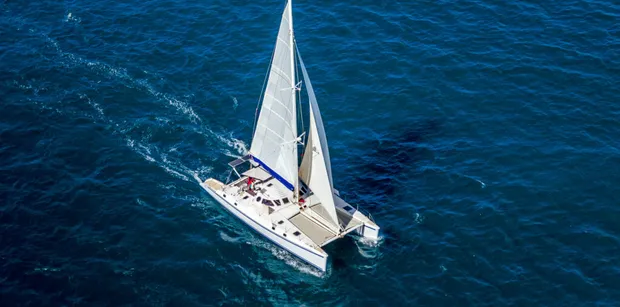
From the unforgettable scenery, sunrises, and sunsets to the adventure and thrill of being on the ocean, a sailing trip will give you memories to last a lifetime. Contact one of the team at Boatbookings today to book your next sailing catamaran charter with us.


